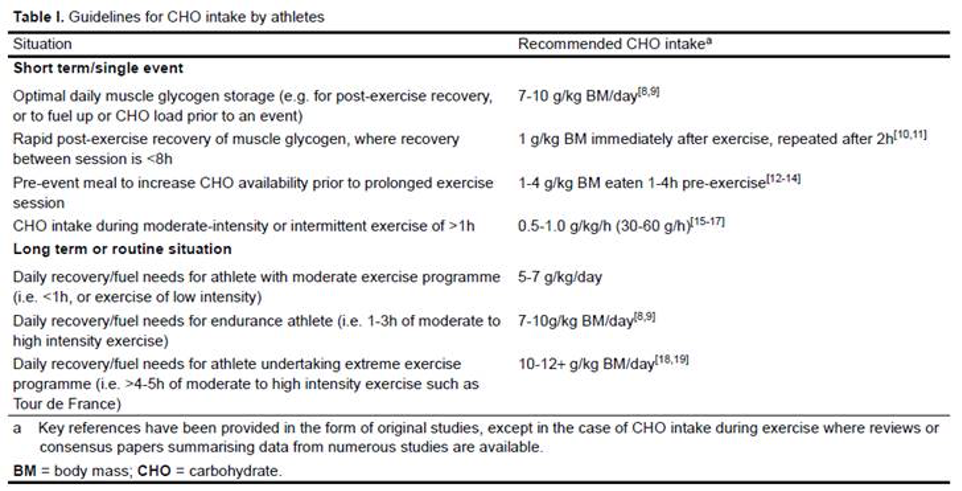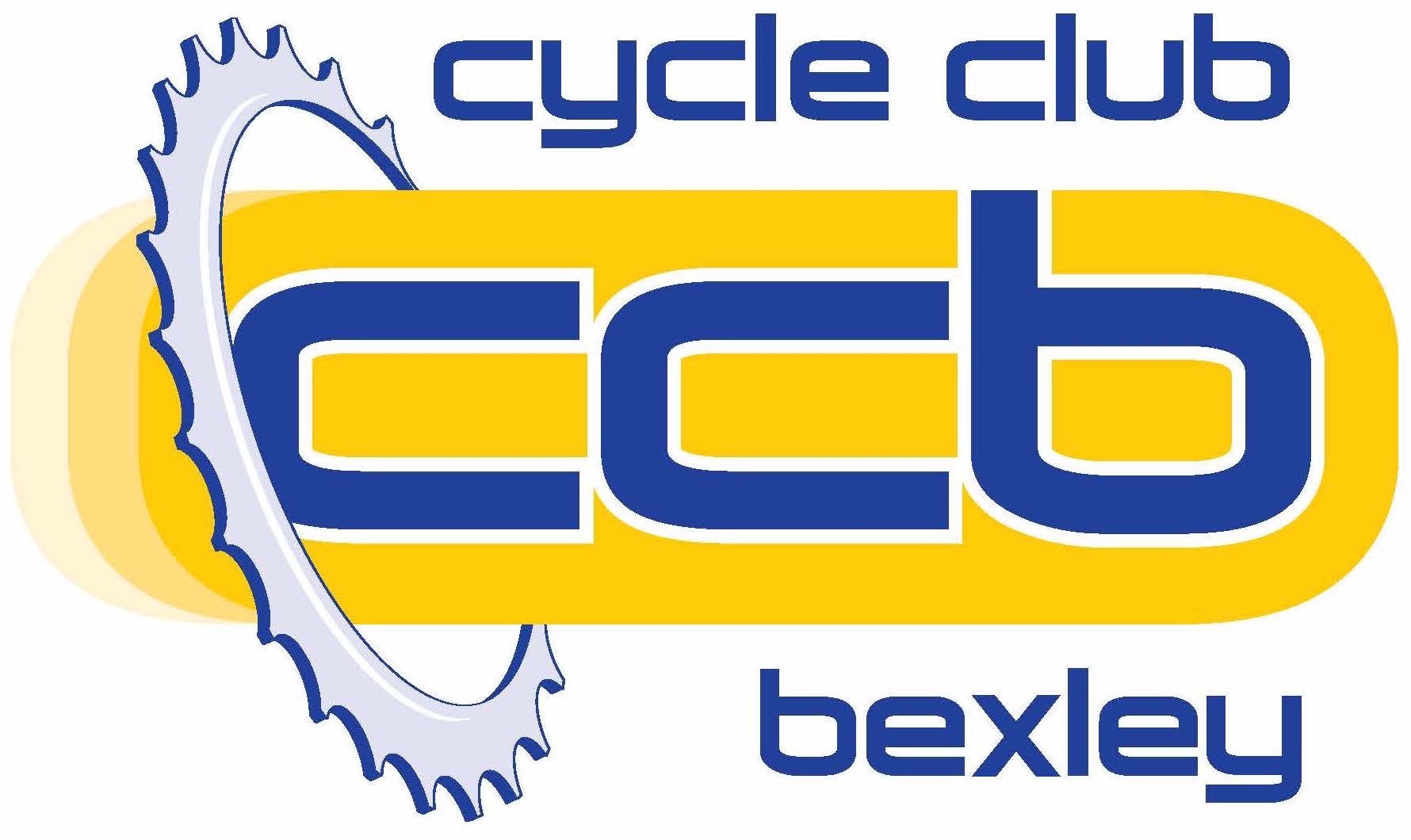FUELLING
FUELLING

Fuelling well, before, during and after rides: Reduces your Rate of Perceived Exertion, or allows you to ride Harder .......you decide.
It also helps to support your immune system and maintains a positive mental mood. For all, but the specialist ultra-athletes, carbohydrate (carbs) is the most effective method of fuelling.
Carbs that we eat are converted to glucose. When our bodies have more glucose than we need, it is converted to glycogen and stored in the muscles and liver. Low glycogen stores and poor fuelling on the bike can lead to mental and physical fatigue and poor performance. By fuelling our rides in the right way, we can actually train our muscles to store more glycogen. We can enjoy more fun and more power on the bike.
Types of carb:
Fibre: whole gran in cereals, wholegrain flours, breads, vegetables, pulses, nuts and seeds.
Starches: pasta, rice, potatoes, noodles, pulses, bread, oats, cereals, vegetables, seeds, nuts, grains and flour products.
Sugar: glucose, fructose, sucrose, lactose, maltose, sugars.
We all know we need to include healthy carbs in our diet, high in fibre and low in added sugar. This helps to promote the storage of glycogen, whilst providing our bodies with the right nutrients that are not too calorie dense.
As we get closer to the ride/training session/race, we need to reduce fibre and increase sugar, so we have an easily converted fuel supply.
Before the Ride
It is best to eat a Carb centric meal 3-4 hours before riding. 1-2 hours before the ride, we can top up with an energy bar/banana or equivalent. With less than 15 minutes to go (to avoid a drop in insulin levels) simple fructose/glucose - gel/shot blocks/energy drink/dates/honey.
Many people talk about “carb loading” before an important ride/race. This helps to ensure a good storage of fuel to be used during the race. However, this can lead to gastric distress, as our gut struggles to cope with an increased volume and potentially different food.
The following table provides a guide to carb intake for a specific event and for a long-term training schedule. Adequate carb intake on a daily basis can ensure adequate fuelling with less opportunity for gastric distress.

A note on exercise times: this is moving time and does not include chat stops 😉
During
For events/rides longer than an hour and of moderate RPE or above (4 and above), we need to be fuelling on the bike. We should have enough glycogen stores for 90 minutes, but it depends on how efficient we have become in that storage and utilising that fuel. We are training our bodies to become efficient at storing and utilising carbs. We are training our gut to cope with processing carbs on the bike.
Fuelling a shorter, intense ride helps us to ride longer tomorrow.
For best performance, take in 60-90 grams of carbs per hour, small amounts every 15-30 mins. Ideally this should be 2:1 glucose to fructose, in the form of an energy drink/ bar or gel. The number of grams in items is written on products or can be easily Googled. You will become an expert in adding up the units which work for you and know what you need to eat and when. Some people cannot absorb fructose, without causing stomach upset, so it is about finding which foods work for you.
Recovery
Within 30-40 mins after riding (less time for women) we need to consume food/drink of a 3:1 carb to protein ratio. This can be a slice of cake in the café, but consider how to get some protein in. This could be a milkshake or latte. On a daily basis though we need to make sure we are getting enough nutrients. I like to have a recovery shake. I have tried out various brands and have found those with fructose have a negative impact on my gut. Anything which does this is not being absorbed effectively as it should be. For some of you, a glucose -fructose will be the perfect fuel and recovery.
Be safe and keep training.
Jo Hitchen
